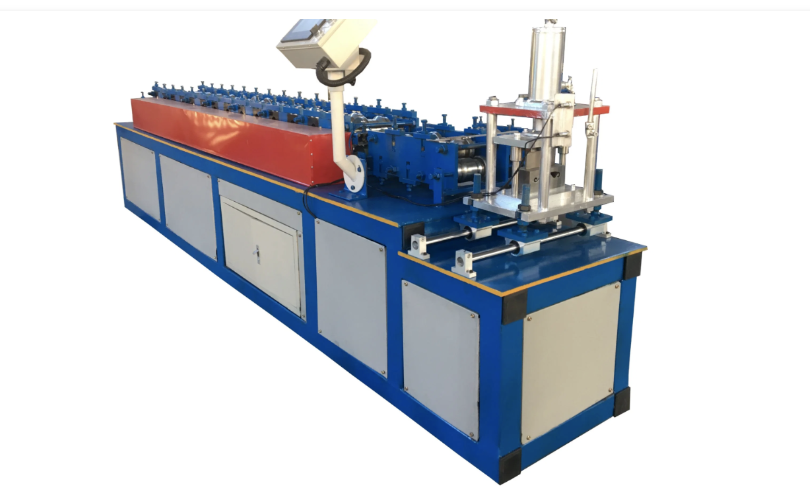
Posted on Wednesday, October 9, 2024
A drip edge profile is a crucial component in roofing systems, designed to guide water away from the edges of the roof and prevent it from infiltrating the underlying structures of a building. Typically made from metal, drip edges are installed along the eaves and rakes of the roof to create a protective barrier that enhances the roof's performance and longevity.
Roll forming machines are integral in the manufacturing of drip edge profiles due to their efficiency, precision, and ability to produce long runs of uniform products. Here’s how they contribute to the production process:
In summary, drip edge profiles play a vital role in protecting buildings from water damage and enhancing the durability of roofing systems. Roll forming machines enable the efficient production of these essential components, ensuring high quality and customization to meet the needs of various roofing projects.

32/1000 Box Profile Roll Forming Machine – Complete Guide & Specifications
Posted on Sunday, November 16, 2025
High-performance 32/1000 box profile roll forming machine for roofing and cladding. Full specifications, profiles, applications, pricing

PBR / R-Panel Roll Forming Machine – Complete Guide & Specifications
Posted on Sunday, November 16, 2025
PBR / R-Panel roll forming machine for roofing and wall cladding. Full specs, profiles, applications, pricing, and global buying guide. Built to order.

Posted on Sunday, November 16, 2025
How to Diagnose and Fix the Hidden Electrical Problems That Cause Downtime
Copyright 2025 © Machine Matcher.